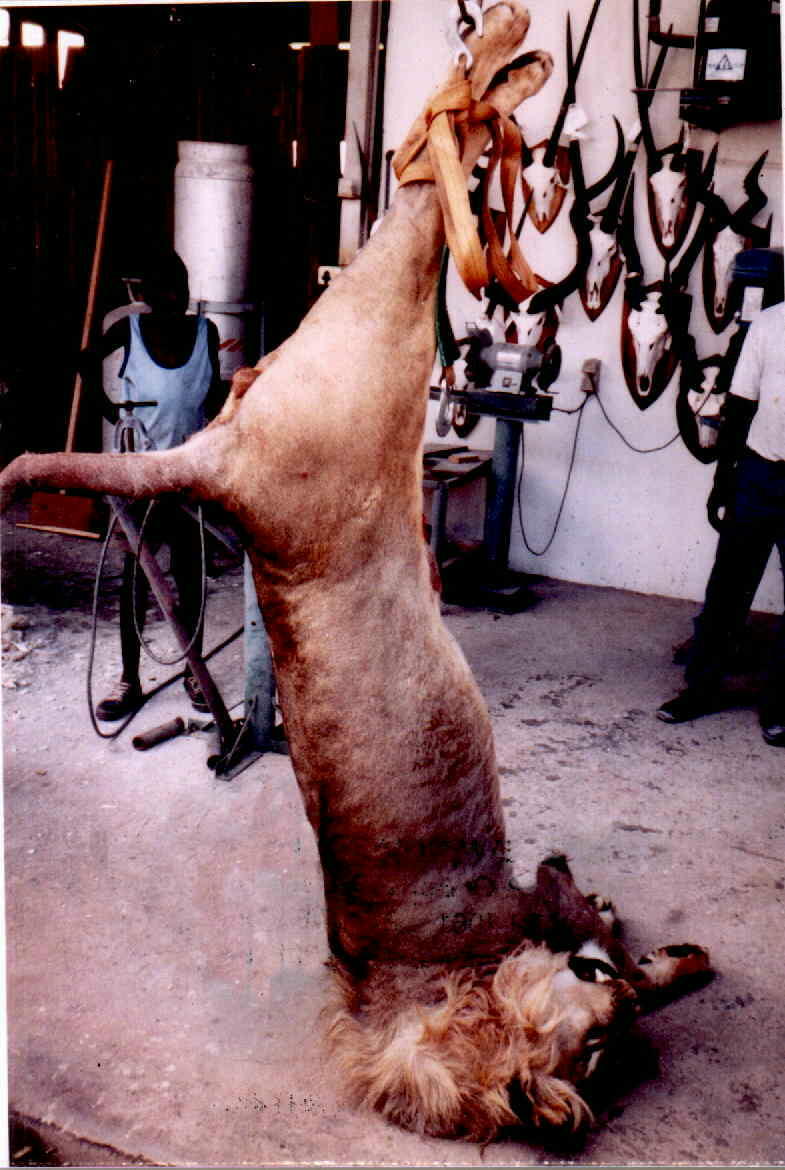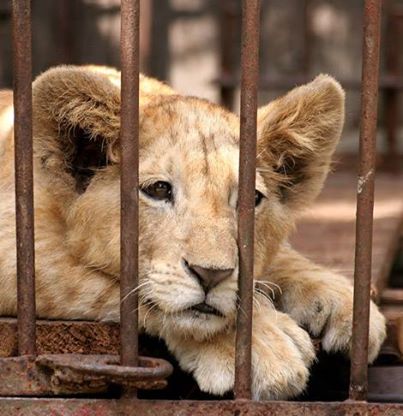
An outrageous article calling for animal-rights groups to be excluded from conservation has been published here:
https://www.dailymaverick.co.za/opinionista/2019-11-08-how-to-save-cites-if-its-worth-saving/?tl_inbound=1&tl_groups[0]=80895&tl_period_type=3&utm_medium=email&utm_campaign=Afternoon%20Thing%20TGIF%208%20November%202019%20UCT&utm_content=Afternoon%20Thing%20TGIF%208%20November%202019%20UCT+CID_62cebdb18adff3246ca53b59d5eedb59&utm_source=TouchBasePro&utm_term=How%20to%20save%20CITES%20if%20its%20worth%20saving
The author of this intemperate rant is well known for his habit of pouring petrol on burning issues and then relishing the consternation he causes.
The article is a lengthy and wordy litany of misleading statements, calculated to support his bizarre conclusion that the only way to save CITES is to kick out all the animal-rights groups. He describes them as follows:
Animal rights groups, however,.. do not support utilisation of wildlife, sustainable or otherwise, and believe they have a right to dictate, from the comfort of their elitist perches in rich countries, what poor countries are entitled to do with their own wildlife. Their policy is one of preservation, not conservation.
First, I and other conservationists, have explained in the past how CITES is a white elephant, a creaking bureaucracy that diverts millions in funds that ought to go to conservation. CITES should be abolished, and replaced with a more effective body which is based upon conservation, not on trade.
The author advances facile arguments such as the following:
In South Africa, about 72% of wildlife ranching revenue comes from hunting, while only 5% comes from eco-tourism, according to Wouter van Hoven of the Centre for Wildlife Management at the University of Pretoria.
Wow! Let me restate his argument in plain simple English: most people who visit hunting farms are hunters. How trite is that?
His whole theme is that hunting is wonderful conservation and anyone against hunting, such as animal-rights groups, is anti-conservation.
Any intelligent person can see that he has confused the victim with the perpetrator. Conservation should be aimed at preserving natural functioning ecosystems. He reverses that logic, and argues that preservationists are anti-conservation.
He believes fanatically that cramming as many wild animals as possible into a fenced hunting camp and breeding living targets for the hunting industry, is conservation.
It’s not. It is farming with wildlife - not conserving it. He can’t see the difference.
Like all good hunting propagandists, he compares South Africa to Kenya. He says Kenya has lost 85% of its wildlife since it banned hunting in 1977.
From that statistic, he concludes that it was the hunting ban that caused the decline in Kenyan wildlife. In other words, according to him, the only way to save Kenya’s wildlife is to hunt it.
This is such rubbish. The decline in Kenyan wildlife has everything to do with the reckless human population increase from about 4 million at the end of WW2, to nearly 50 million, most of whom have expanded into wilderness areas and decimated the wildlife.
To promote hunting would not solve the problem, it would aggravate it.
His conclusion:
To save the CITES treaty, however, will require decisive action.
First, CITES needs to kick out the animal rights groups.
Actually, it is CITES that needs to be kicked out of conservation. And replaced with a proper international conservation body.
This whole article is tendentious nonsense and conservationists should pay it no regard.

